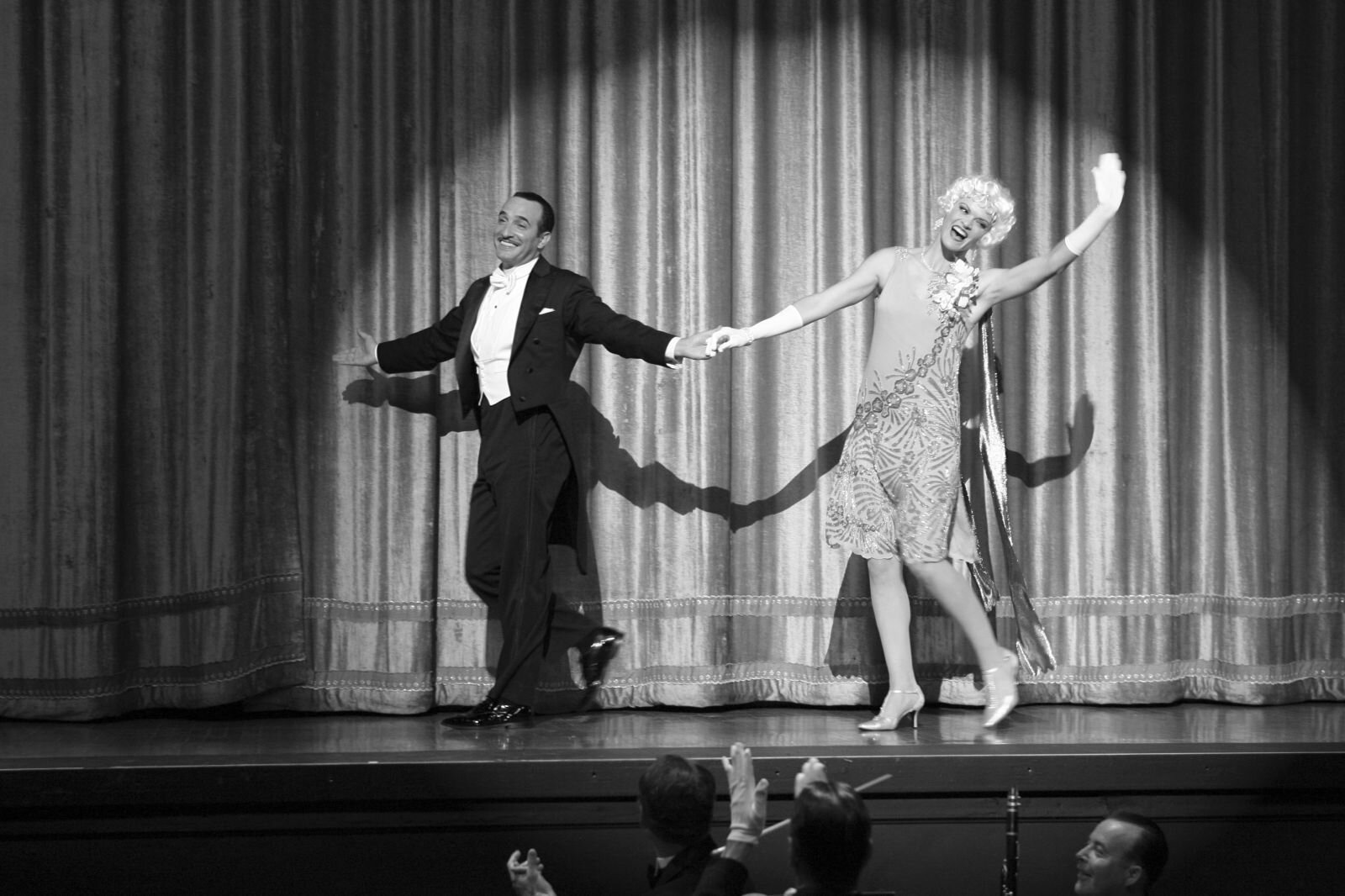The Artist, The Grand Budapest Hotel, No
As you read the title of these three films together, can you find what is common to all three of these movies? They are all structured very differently narrative wise. The styles of directors of all these three films differ greatly, so what is it that binds these three films together, and what can we collectively learn by studying these three films?
Visual Representation of an Era – that was my biggest takeaway in all these three films. Again, their way of visual representation of different era vastly differs too. And that is where the learning starts.
The Artist represents the silent era denoted by its lack of dialogues and Black and White cinematography.
The Grand Budapest spans across certain decades denoted by its use of aspect ratios.
No represents the 80s denoted by its color palette and deliberate picture quality.
Every era brings its own challenges and nuances. Also, every era is highlighted by cultural zeitgeists. The question then becomes that the director’s choice of depicting an era in a certain way is a stylistic choice or a choice of substance. Sure, a line of thought can indeed argue that style or lack of style in cinema is also a choice of substance. As a filmmaker at this stage of my life, I am more concerned with the question of elevating the storytelling. In all these three cases does depicting the era elevate the storytelling or not?
The more I think about this question, the more I feel it is indeed a stylistic choice that doesn’t lend substance to the story per-se but definitely helps in creating a certain atmosphere of film viewing for the audience. Saying so, another question is begging to be asked – did the directors chose these forms of visual representation to bring originality to their stories? Sometimes, a differentiating factor, an original idea is all a film needs to be considered great irrespective of all the other elements. And to this of it, all these three films indeed are original in the sense of viewing experience, but not so much story wise.
A film like The Artist, certainly needs that atmosphere to differentiate itself from being just another story about a silent era actor losing his fame and job due to talkies. The pure joy of watching The Artist for me was because of the visual representation of that era, not the story of protagonists. In case of The Grand Budapest Hotel, it was a Wes Anderson movie, so like everyone else, I saw it too. Wes Anderson is one of those directors working today whose every movie will be seen by vast majority of people. He is one of those directors who presents Plato’s of beauty on screen. And admittedly so, Wes Anderson’s visual representation is more subtle than the other two examples here. Barely handful of people can tell this and I even dare the cinephiles to tell which aspect ratio belongs to which era/decade in history of moviemaking. So what Wes Anderson was trying to attempt in The Grand Budapest Hotel was certainly not to grab the eyeballs, he already had the eyeballs and still went ahead and took that bold risk of visibly different aspect rations throughout the film. Was it experimenting because why not? In case of No, the film from Chile, the choice is very interesting. The graininess and color palette of televisions catches your attention from first shot. Arguably so, in No, the director’s choice to represent the era in this visual way makes most sense to the themes of the story. The story is about the Advertising campaigns running on Chilean TVs in late 80s to vote for democratic referendum. The stylistic choice makes the audience feel like they are in Chile too, rather than passive watchers, they are equally active in watching the campaigns on their screens, and maybe they too have to vote at the end of the movie.
Now, if you would ask the directors of these movies – was it extremely necessary to pull of these visual stunts to elevate the story, I think they can justify their stylistic choice even if you and I may not be able to. And this is what makes cinema, cinema. Cinema is not only about story. Like any Art which is evolving, cinema is also about the experience. Not everything is meant to be dissected and understood, often times it needs to be felt too. A director has to make conscious choice of finding out ways to transport the audience into a different reality. Make no mistake, when we begin to watch a film, we all are aware that we are watching a film, and when the film ends, we are equally aware that we saw a film. It is what happens in between the beginning and end of a film is what transports us to a different reality. Every director has their own way of doing it. The Lighthouse is the most recent film to use camera and color techniques to create that atmosphere which transports us to a different reality.
All this articulation poses another evolution that is needed in Art. All the examples that we looked at, are about films set in an era that has gone by. How can stories of today, which are set in modern times, be represented in a visually different way? This is the question that filmmakers of today perhaps should try to express too. Currently most of the movies that get rave reviews of attract a certain appeal are either set in future or in the past. Techniques of visual representation are yet to be explored for stories set in modern day. Filmmakers of today use story structure and perhaps editing as a medium to experiment for stories to set in today’s era but indeed it is imperative that we also express ourselves visually for the stories of present.



